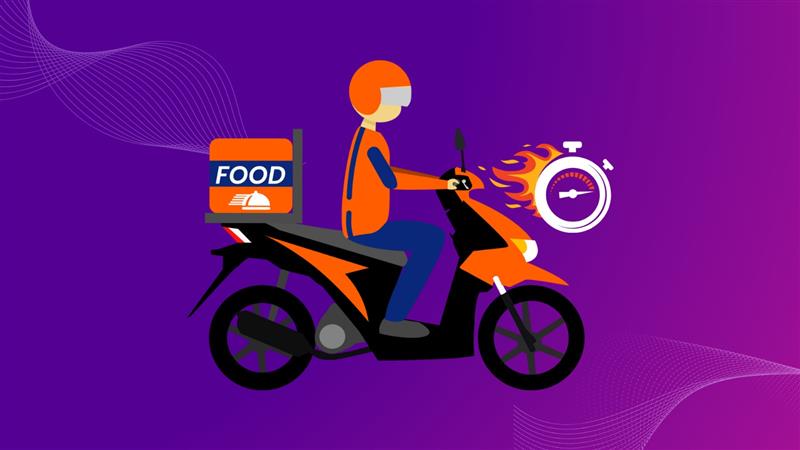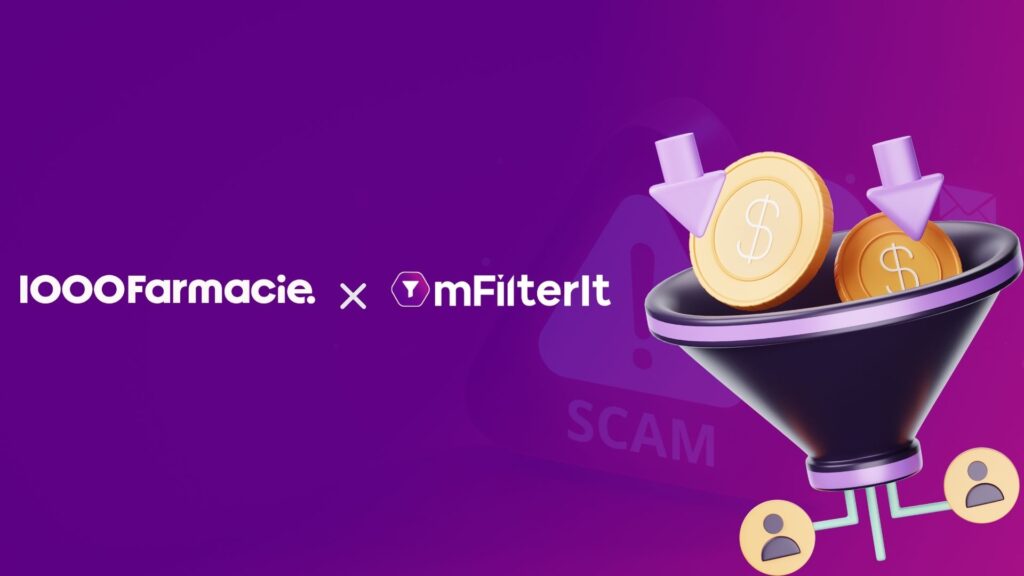Digital ad fraud is a thing that didn’t drop just today. It has been surviving in the ever-evolving digital world and making its space in bits and bytes. While some cases have been there in the limelight, some are just well hidden in the systems. The last decade has made digital fraud, the perfect crime to do in silence.
With everything tracked in spreadsheets and dashboards, there has been no crime easier to commit than this. The cybercriminals don’t even have to make bots and malware themselves. They can hire a person easily and all they need to do is rent their time on the botnets and pay for what they use like cloud computing. They can easily paint the picture of ads running and traffic generating when nothing is happening in reality.
Table of Contents
ToggleFraudsters Who Became Celebrities
Between 2003 till 2016 there was a splurge of celebrities in the cybercrime world who became famous for the wrong reasons. All the world could see was their fancy cars, homes, and yachts which attracted heavy traffic. But behind all this glam, there were some of the biggest digital frauds for which they had no fear of getting caught. Here are some of the examples of such cases that made a layman into a celebrity due to the digital fraud they have committed.
- Bot Traffic or Human Traffic: In 2013, a guy from the USA admitted his indulgence in buying many of the visitors to his websites. One fraud detection firm detected 94 percent of the visitors as a bot and the other detected approximately 74 percent traffic as bot traffic. It was surprising to see that despite all these findings, he was not concerned. Instead, he stated that if he can buy some traffic and it gets accepted then why not do it? He also highlighted the fact that advertisers pay only a little to get more traffic and results. And he got away with this scam by saying that the advertisers can go directly to the publisher if they want human traffic.
But how does it affect the company?
The bot traffic receives impressions which directly affects the click-through rates. Though, the campaign results appear massive in terms of engagement. However, that doesn’t imply actual human traffic. The false impressions heavily manipulate the metrics of the campaign and lower the value of ads which further results in loss of revenues.
- Traffic Manipulation Havoc: In 2003, some news articles allegedly brought a digital fraud of massive traffic manipulation in the limelight. The person behind the fraud became the traffic manipulation kingpin. He created browser extensions that generated a massive amount of irrelevant traffic by injection of ads.
In the ad industry’s terminology, this is the term used for manipulation or fake views, clicks, and users. The key mastermind has also been sued for allegedly helping to force malicious software onto a PC. Despite such gruesome acts, his name has never been connected to a takedown of a high-profile name related to ad fraud. The line doesn’t end here because the traffic merchant’s shadow stretches beyond the operations of web extension.
- Sophisticated Scam: Another fraud celebrity made money – not just enough but lots of it by executing the most persistent and sophisticated digital fraud the internet has ever seen. The subscription trap is a scam where people are lured to buy a single free trial of a celebrity-endorsed product. But once the free trial is purchased, the customer unknowingly gets indulged into a pricey monthly subscription which is hard to cancel.
But this was just one part of the big black hole created by Ads Inc. They later created a boiler room-style operation that convinced thousands of people to rent their personal Facebook accounts to the company. Ads Inc. later used this data to place ads for its flawed free trial offers. This strategy helped the company to run misleading ads at a huge volume, targeting people from all around the world in a sophisticated fashion. He also got away with it.
- Special Code: A ‘special code’ hit the digital market and created an avalanche of fraudulent views of video ads from companies like Unilever, Hershey’s, P&G, Johnson & Johnson, MGM, and Ford. The mastermind behind this is the owner of the 12 websites that were involved in the fraud and has earned revenue from fraudulent views. The ad platform was also provided by his company which is used by the sites in the scheme.
Another master player in this fraud was a former employee of a massive ad network who ran a group of eight sites that were part of the fraud. And another group of eight sites that were consulted by the person. The last site identified by the researchers is owned by the co-founder of one of the 20 largest ad networks in the United States. The former mastermind was part of the industry and helped other insiders make tons of money with this scheme. He got away unaffected.
Why do these fraudsters get away easily?
The biggest reason that the fraudsters remain unaffected after committing a digital ad fraud is that there is globally no law to convict these fraudsters for this crime. Due to this, it is estimated that ad fraud will reach up to $68 billion globally in 2022 and will keep increasing aggressively.
The Landmark Cases
In 2021, Uber won over Phunware in a multi-million-dollar advertising fraud suit. There were suspicious practices that Uber noticed in Phunware ad activity in 2016. The Uber app installations that Phunware delivered came due to a fraudulent process known as “click flooding”. This means that a higher number of clicks are shown than the actual number. Some of the ad traffic also came from auto-redirects where the customers were taken to the app store automatically, whether the user had clicked or not. During an internal investigation, two of the former Phunware employees discovered that the company had also falsely billed Uber for non-delivered ad clicks.
In addition to this, some of the ads run by Phunware were also shown on porn sites. They have tampered with the reports to show that the ads were run on mainstream sites. This affected the brand reputation of Uber and created a bad impression among the customers. The shocking thing to note is that even after paying a $17 million settlement, Phunware continues to operate as a public company and reports a revenue of $10 million annual revenues.
P&G saw a surprising change
P&G turned down $200 million of digital spending and witnessed no changes in the business outcomes.
Considering the above cases, a serious question that arises is – Did these ad frauds happen because we ignored it for way too long or did, we stop paying attention to data?
The reality is that ad fraud was working in the background all this time while the digital advertising world was moving ahead. Only if we start identifying and eliminating the ad fraud we will be able to bring back trust and transparency in the digital ecosystem.
Get in touch to learn more about the Ad Fraud.









